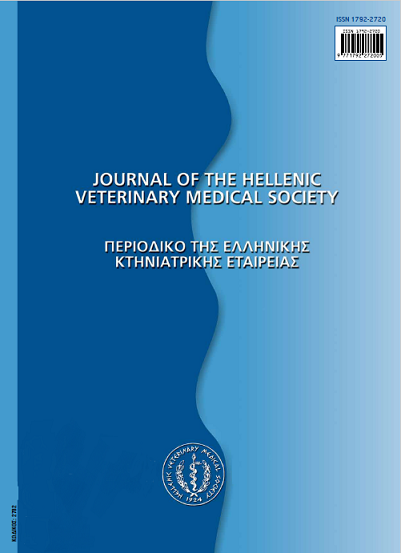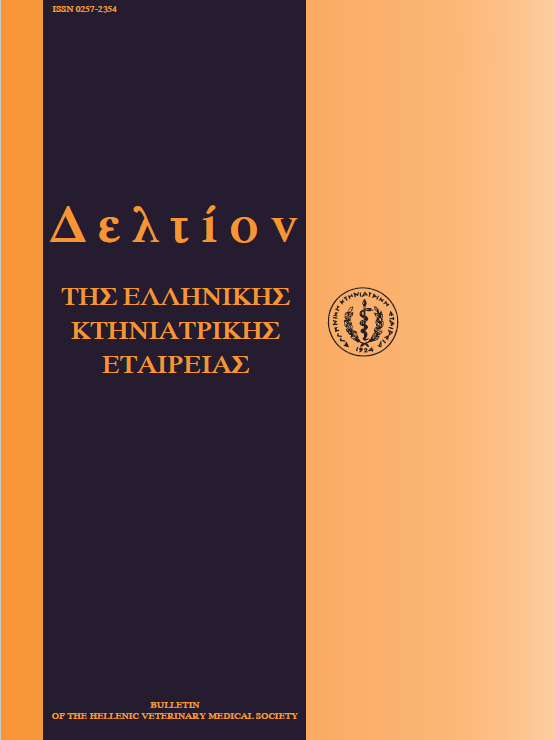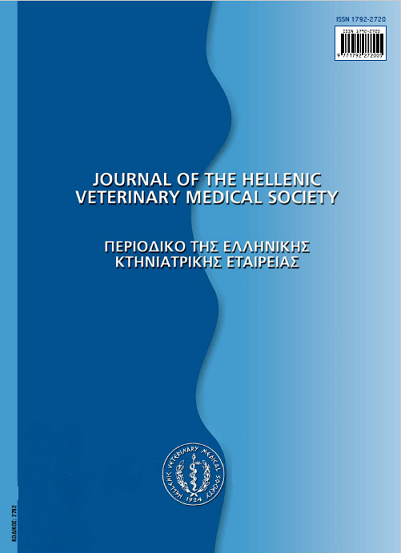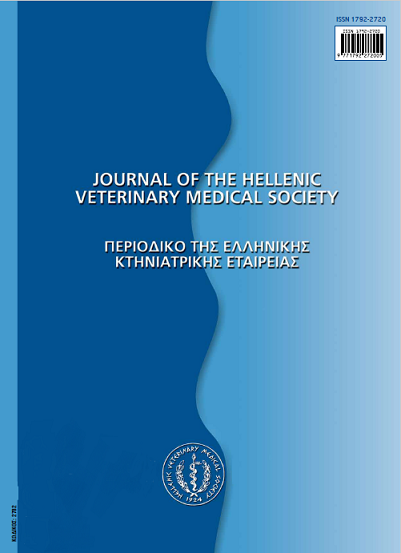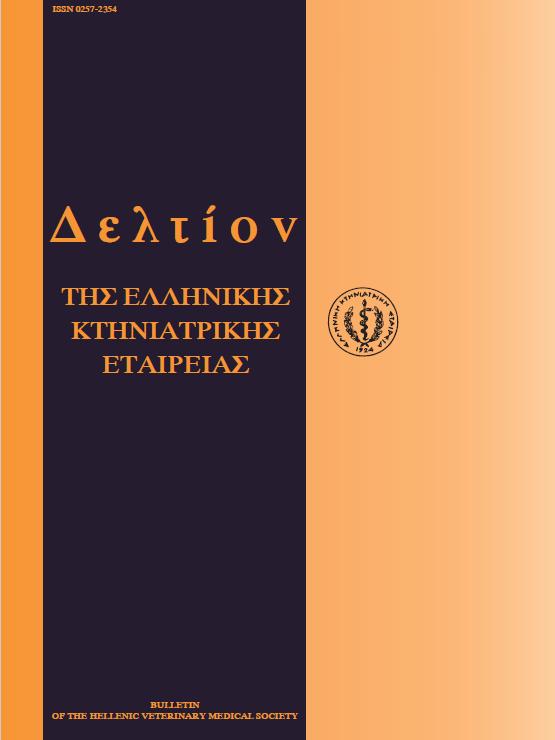Canine and feline vestibular syndrome
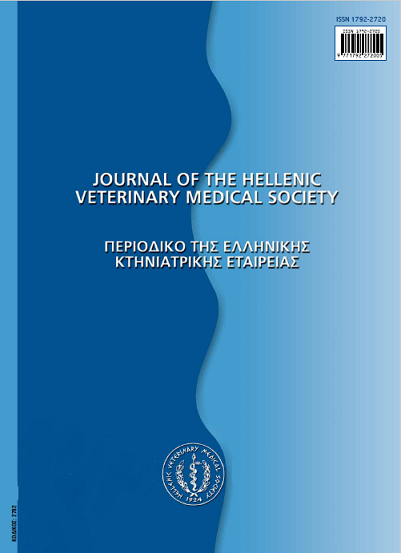
Abstract
Signs of vestibular dysfunction (head tilt, asymmetric ataxia, spontaneous nystagmus, unilateral falling and rolling) are characteristic enough to be easily recognized without difficulty, even by inexperienced clinicians. Further differentiation between the peripheral (inner ear, vestibular nerve) and the central (vestibular nuclei, cerebellar peduncles, fastigial nucleus and flocculonodular lobe of the cerebellum) vestibular system should be based on a thorough history and an astute neurological examination. Affected animals should be reevaluated by serial neurological reexaminations to improve the accuracy of the initial assessment. Concomitant neurological signs, such as spastic hemiparesis or tetraparesis, proprioceptive déficits, other cranial nerve dysfunction and/or behavioral changes are indicative of central than peripheral vestibular syndrome. Apart from the minimum data base (complete blood count, serum biochemistry, urinalysis), the diagnostic evaluation should also include otoscopy, plain radiography of tympanic bullae (peripheral vestibular lesions), ear CT, brain MRI and cererebrospinal fluid analysis (central vestibular lesions). The present review first describes the clinical features of the vestibular syndrome from a differential point of view, regarding its neuroanatomical origin and secondly the most common conditions primarily characterized by vestibular dysfunction in the dog and cat.
Article Details
- How to Cite
-
POLIZOPOULOU (Ζ. Σ. ΠΟΛΥΖΟΠΟΥΛΟΥ) Z. S., DANOURDIS (Α. Μ. ΔΑΝΟΥΡΔΗΣ) A. M., & KOUTINAS (Α. Φ. ΚΟΥΤΙΝΑΣ) A. F. (2017). Canine and feline vestibular syndrome. Journal of the Hellenic Veterinary Medical Society, 57(1), 63–68. https://doi.org/10.12681/jhvms.15011
- Issue
- Vol. 57 No. 1 (2006)
- Section
- Review Articles
Authors who publish with this journal agree to the following terms:
· Authors retain copyright and grant the journal right of first publication with the work simultaneously licensed under a Creative Commons Attribution Non-Commercial License that allows others to share the work with an acknowledgement of the work's authorship and initial publication in this journal.
· Authors are able to enter into separate, additional contractual arrangements for the non-exclusive distribution of the journal's published version of the work (e.g. post it to an institutional repository or publish it in a book), with an acknowledgement of its initial publication in this journal.
· Authors are permitted and encouraged to post their work online (preferably in institutional repositories or on their website) prior to and during the submission process, as it can lead to productive exchanges, as well as earlier and greater citation of published work.



